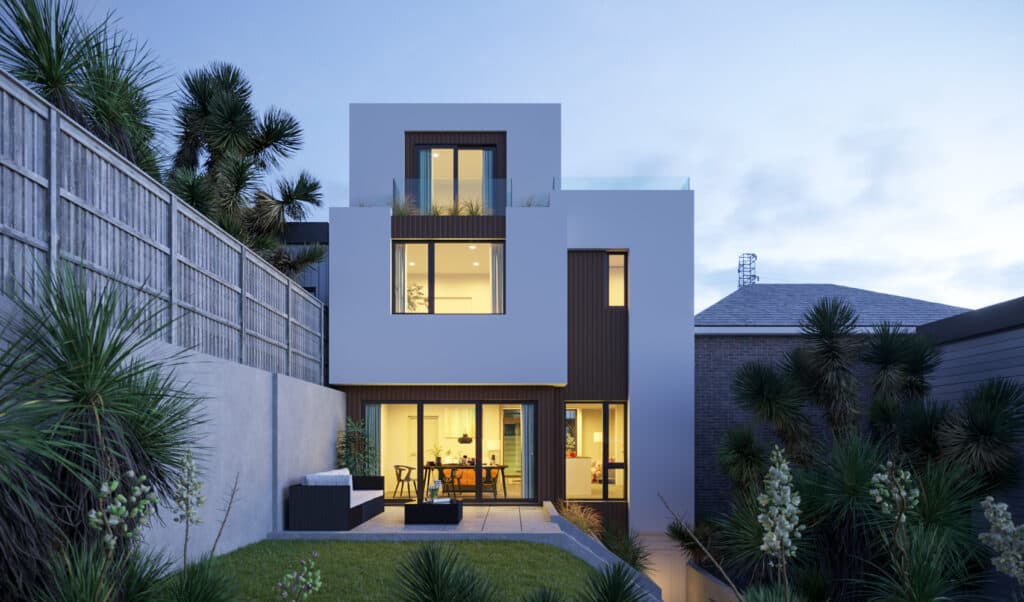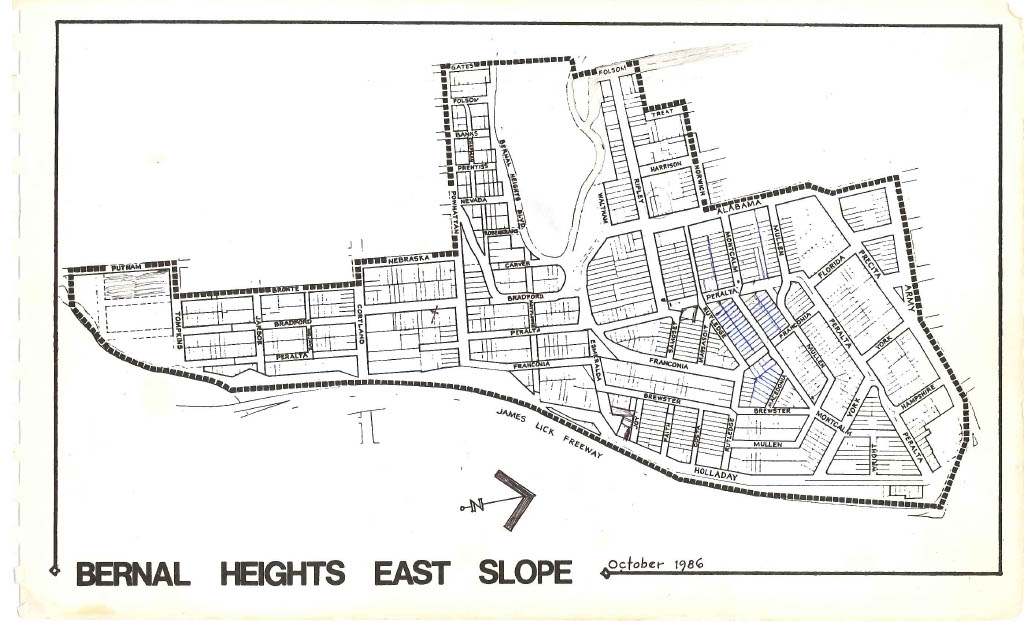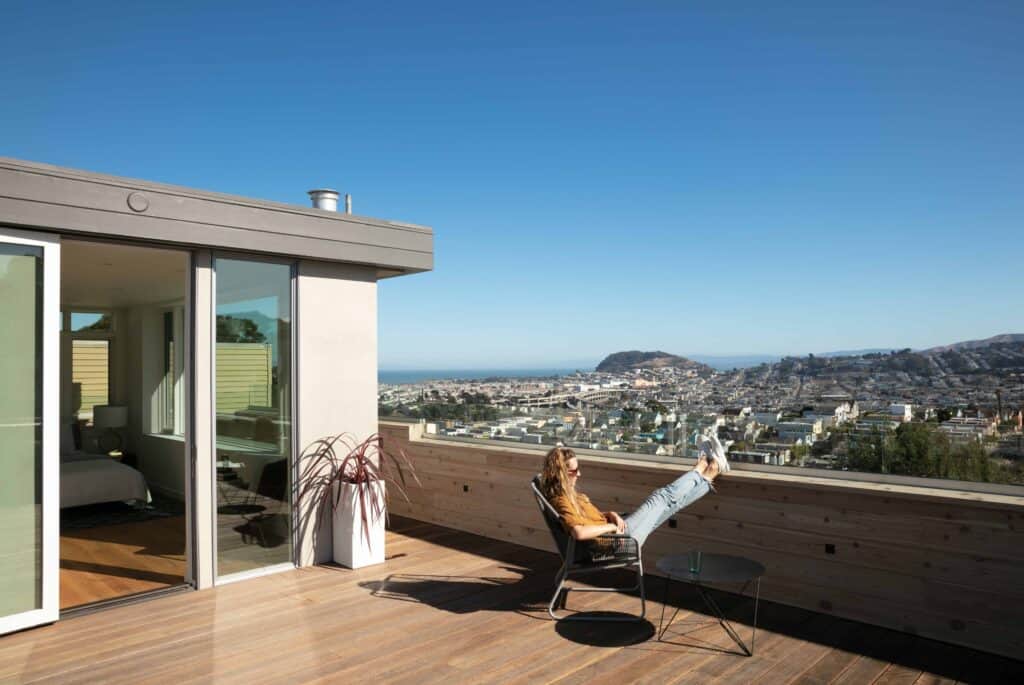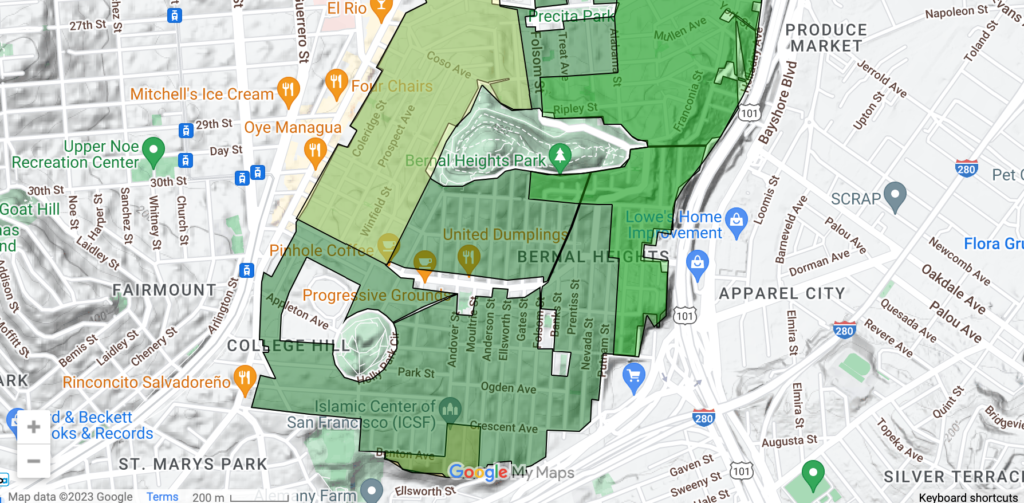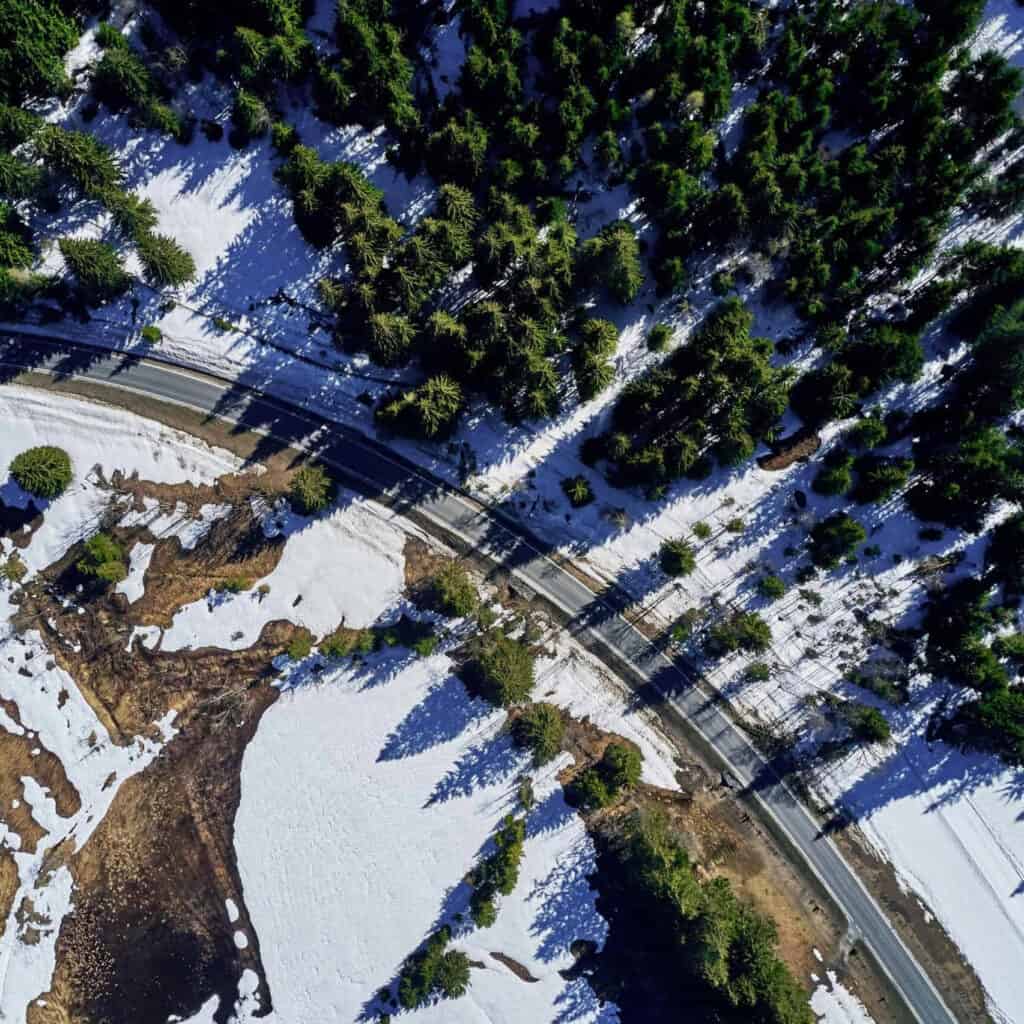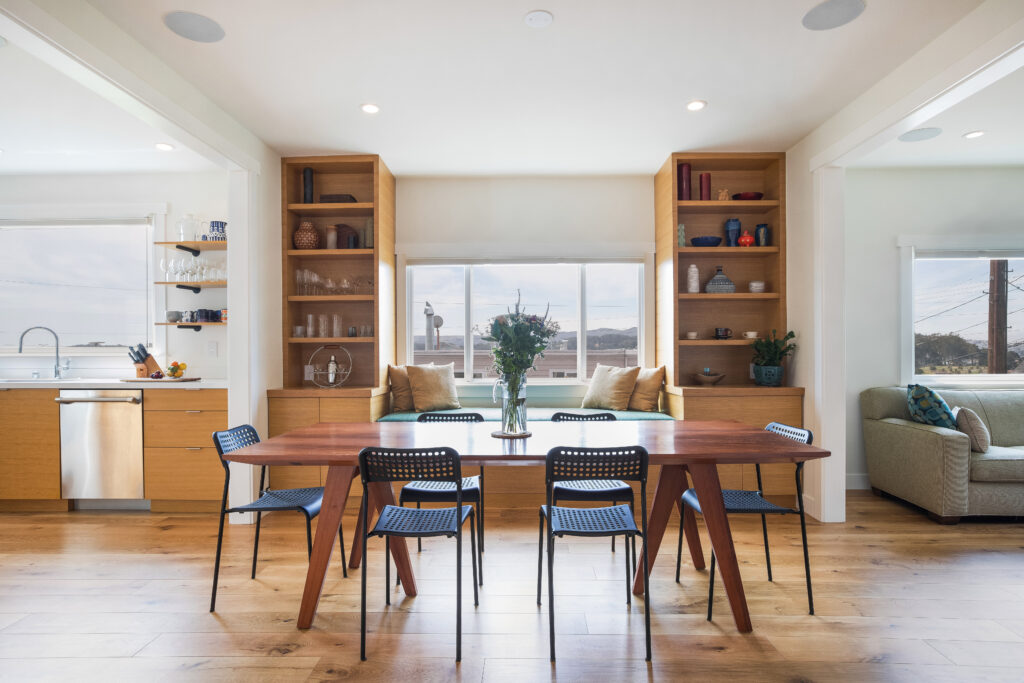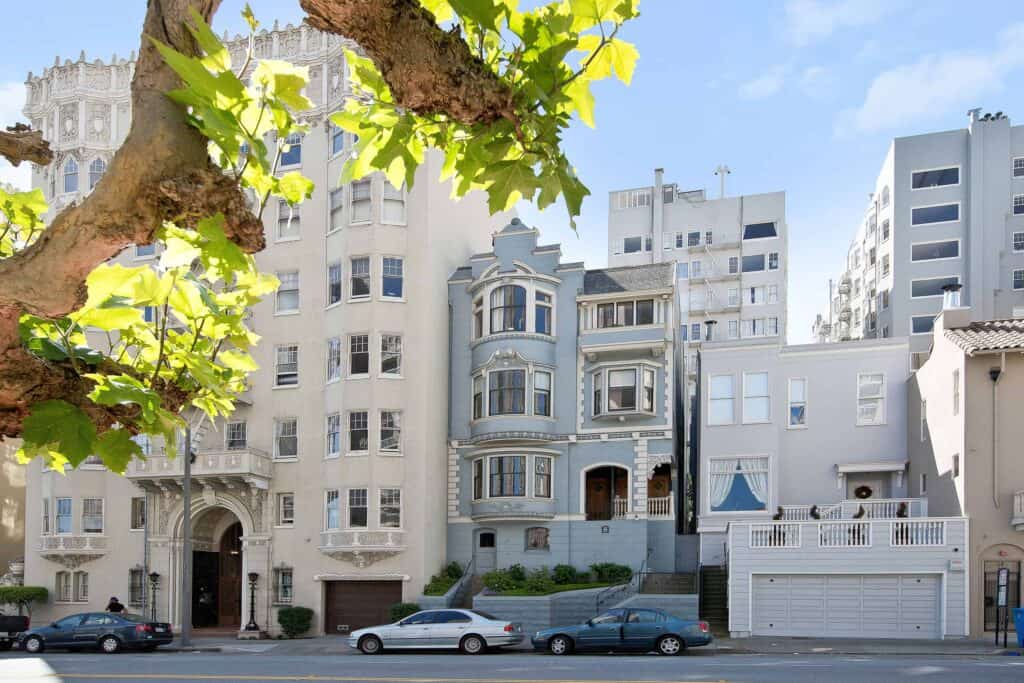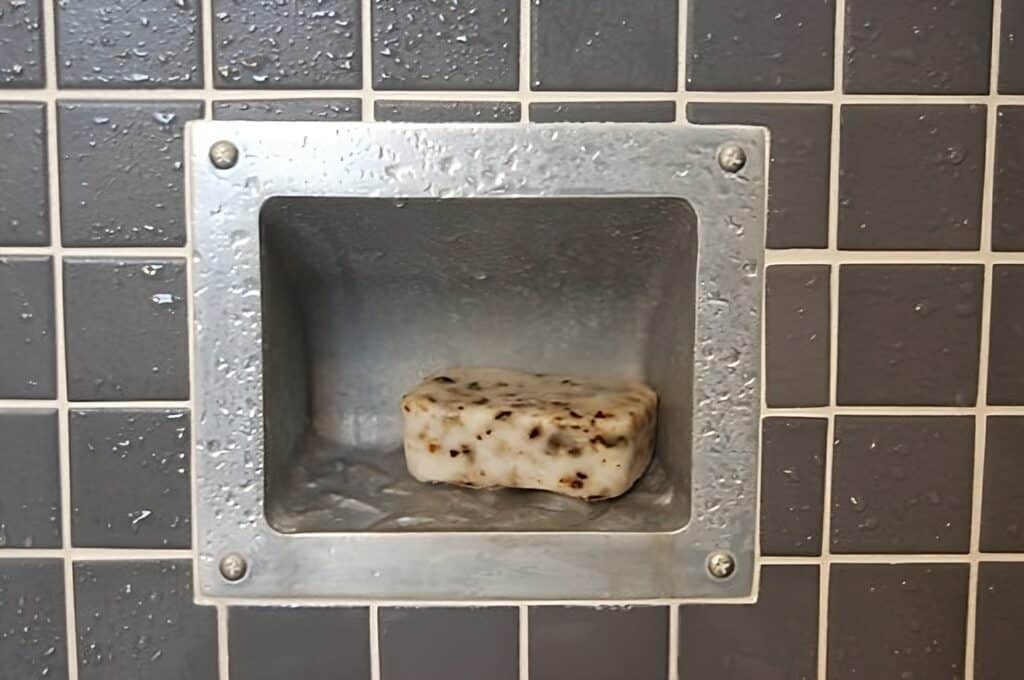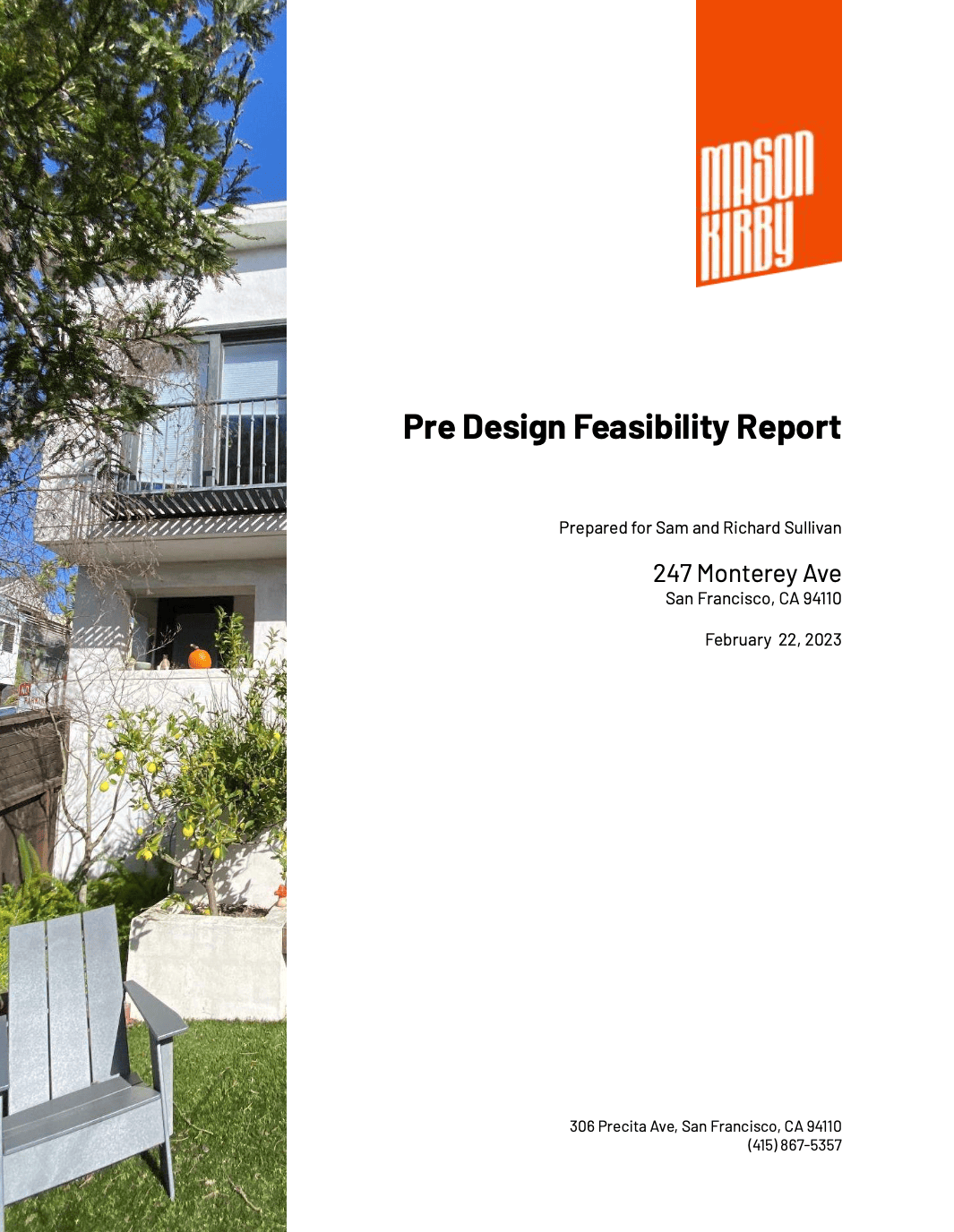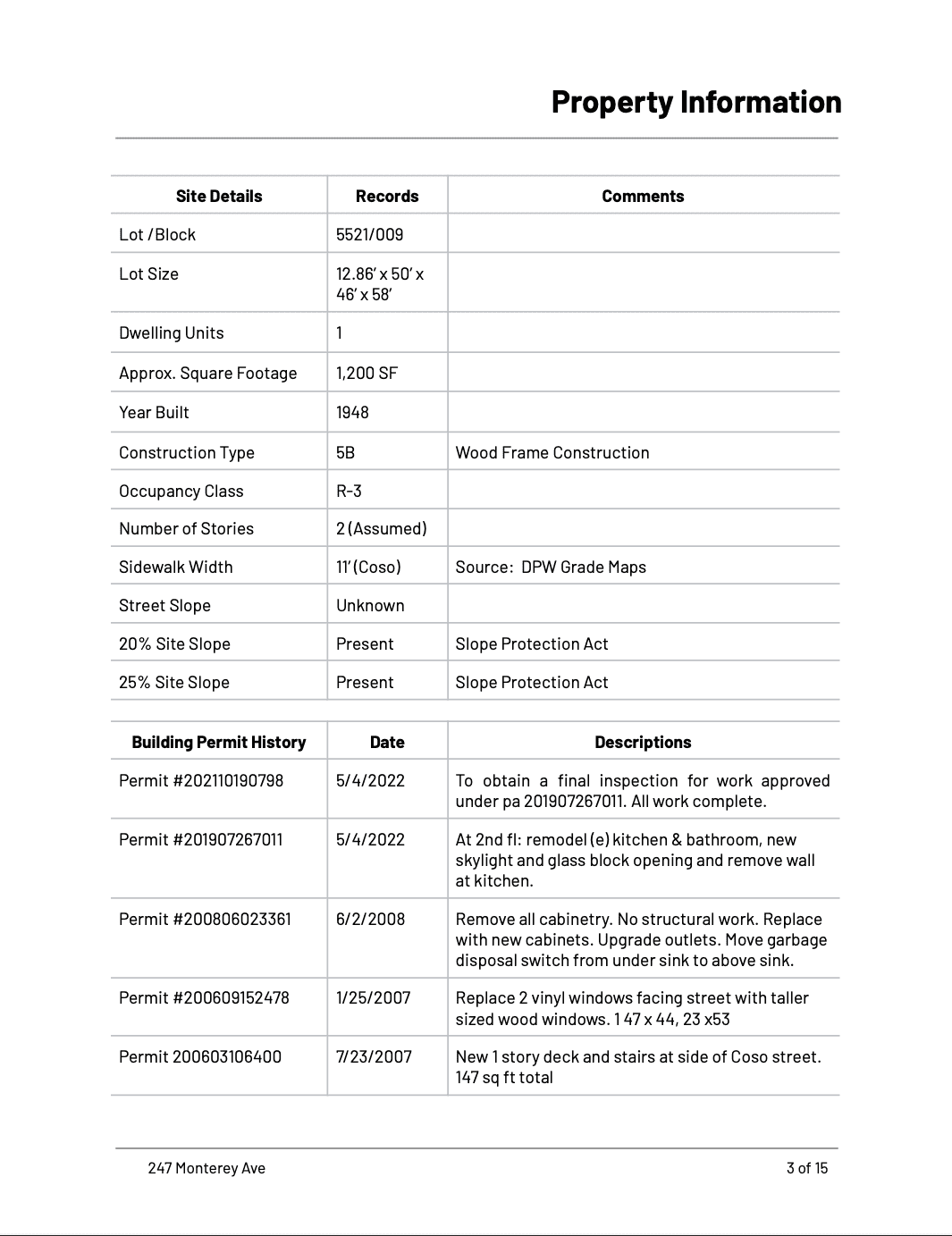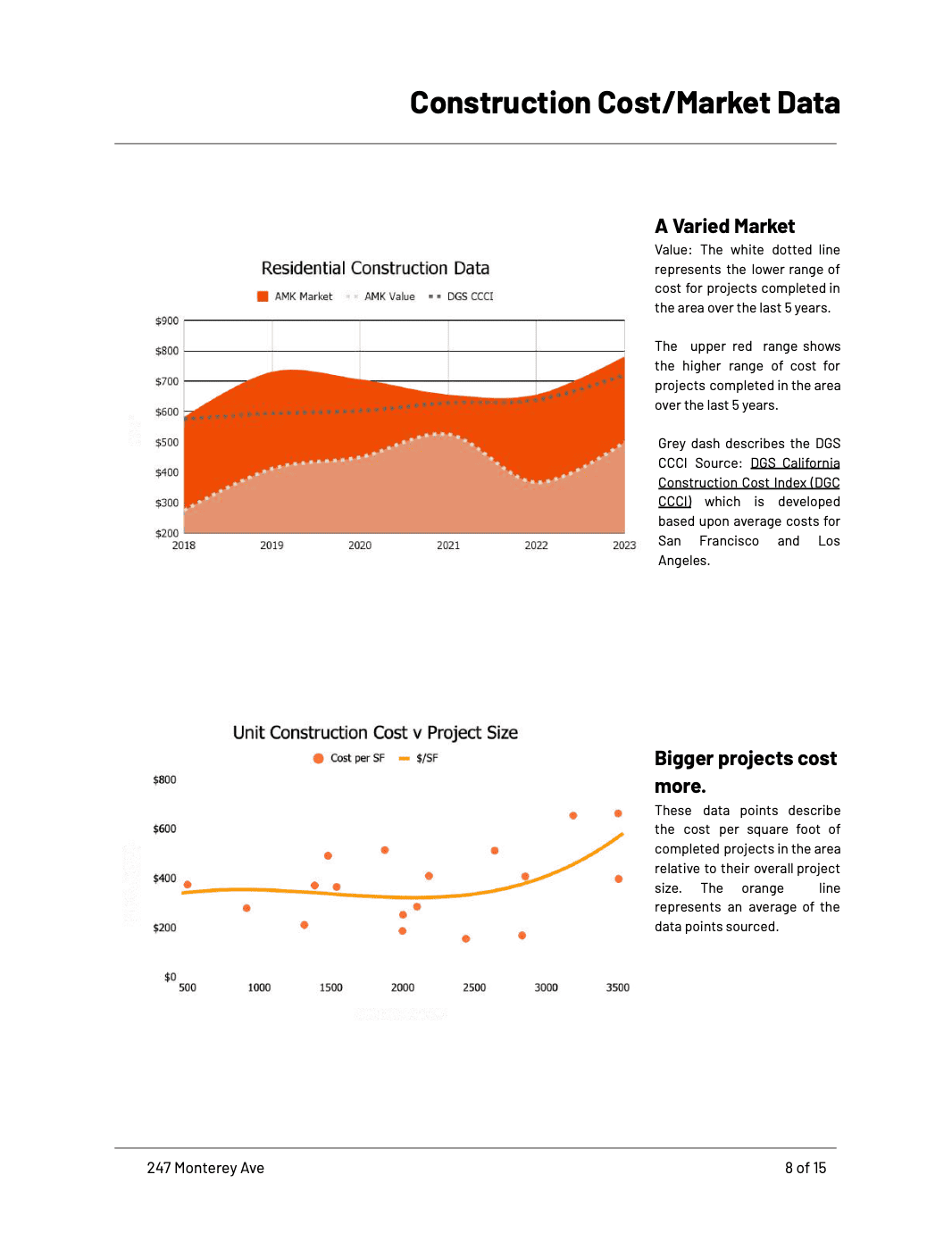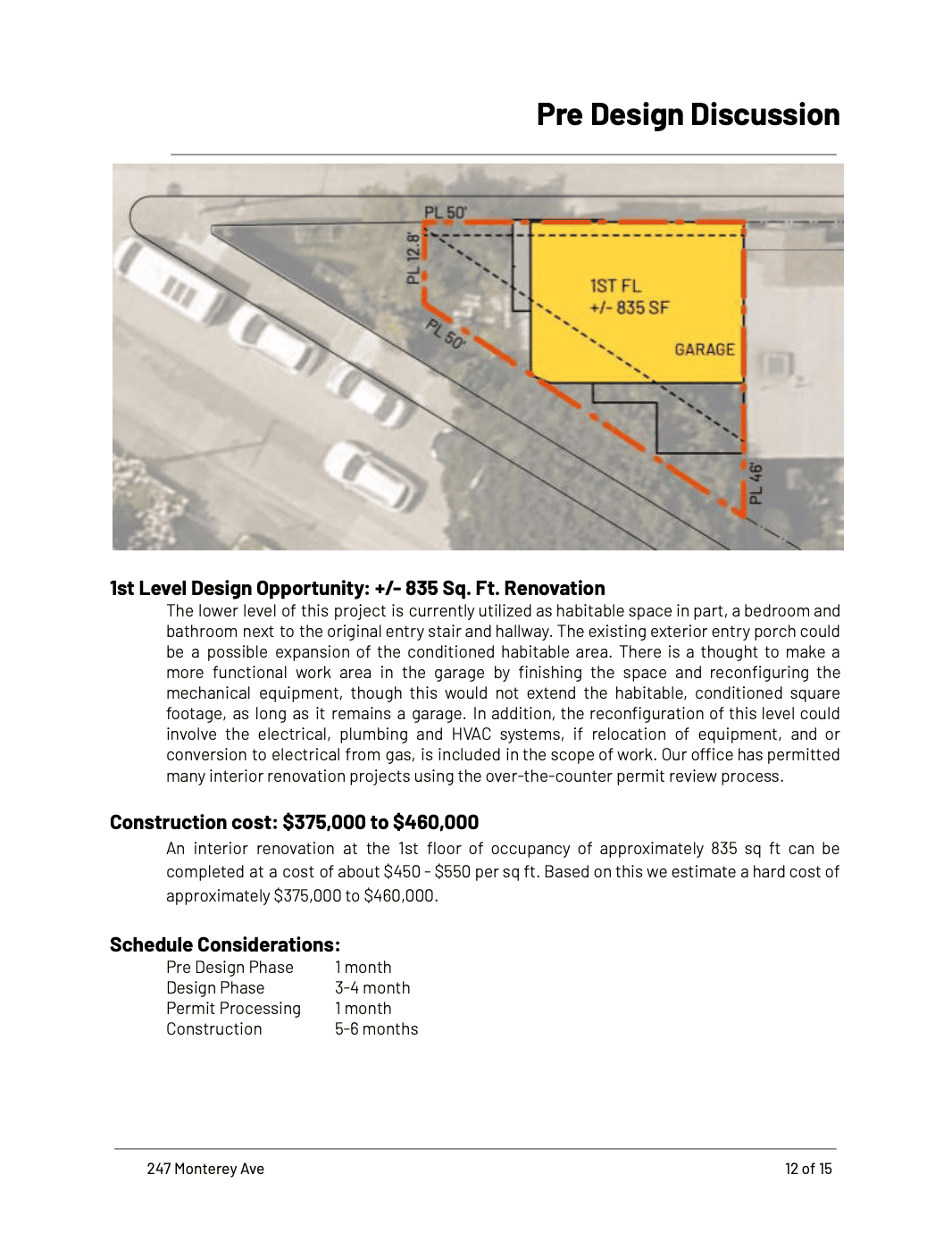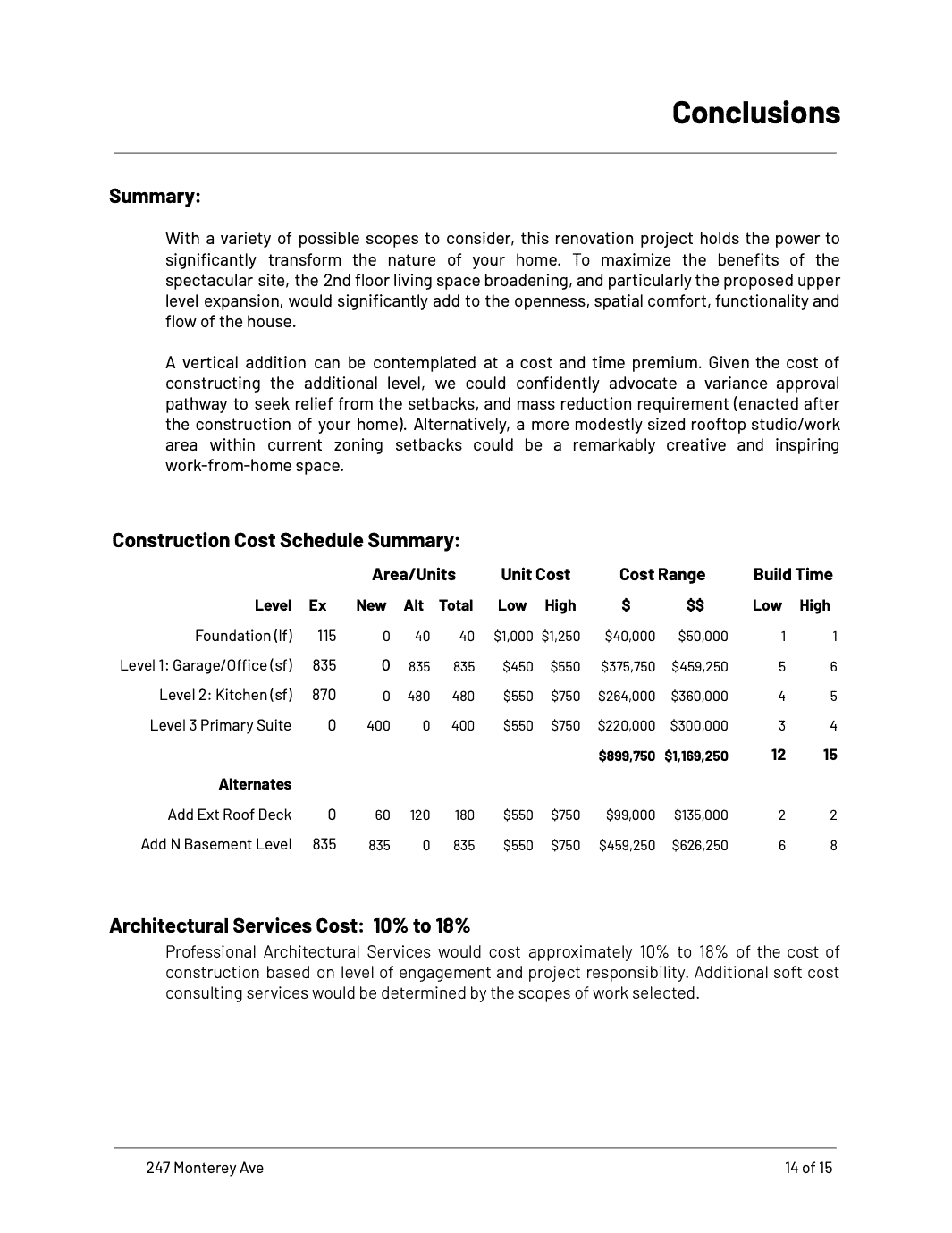Next Q/A: Terry Milne of the Bernal East Slope Design Review Board
You are here:
Home → Sustainability → Birds are the Least of It: Small Wind in Residential Projects
Birds are the Least of It: Small Wind in Residential Projects
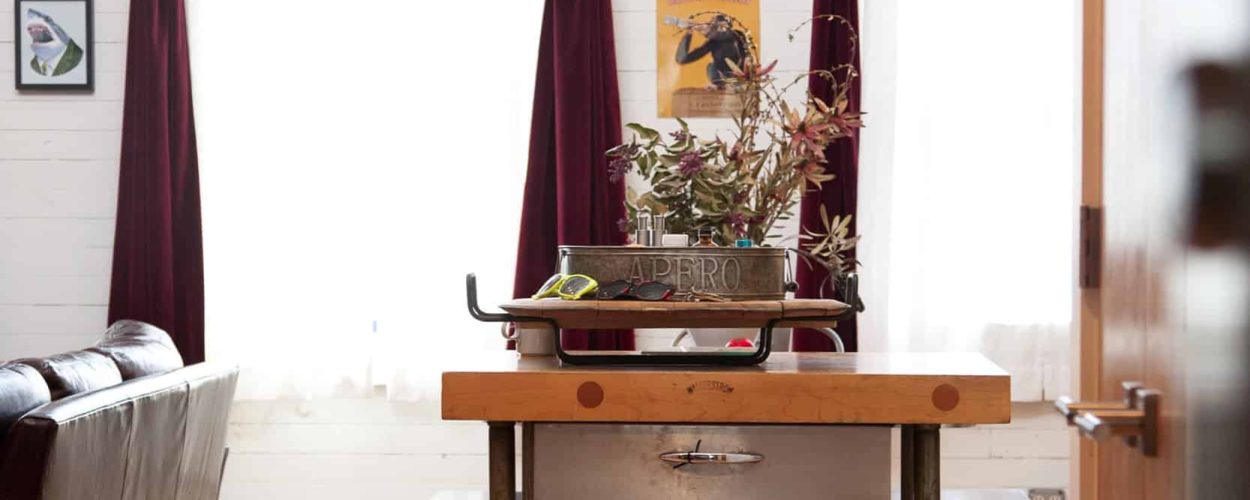
Small wind is certainly an enthralling prospect in sustainable building. At first glance, small wind systems seem like an independent, conscientious way to reduce a home’s electrical load and dependence on commercial, fossil fuel-derived electrical supply. It seems simple; wind exists, and can be harvested for power. However, unlike photovoltaic panels or grey water systems, small wind turbines can have a large impact on their surroundings.
Small wind’s practicality is generally debated around two points: the physical siting of the small wind turbine, and the architectural implications of the turbine itself. Small wind has been touted as a renewable source for the urban environment. This promotion ignores how a neighborhood of building masses distorts, redirects and dilutes wind flow. Often, wind in dense urban setting is too turbulent to efficiently move a small turbine. The turbine itself causes other issues. The idea that wind turbines are dangerous to bird populations has been roundly de-bunked. The blades of the turbine cutting through the air create strong vibrations that are transferred to the base of the turbine, and noise that travels.
Mitigate vibration issues
San Francisco residents may be familiar with the 2007 Sunset Magazine Idea House. Located in the Mission District on 25th St. and Alabama St., this house illustrates some of the issues surrounding small wind turbines. In order to mitigate vibration issues, the wind system was designed to keep the turbine structurally independent and to physically locate it away from the house. Reflecting on his consulting experience with this house, Matt Golden of Sustainable Spaces noted that there are easier ways to reduce residential energy use and advised to think in terms of cost effective energy efficiency instead of a system that creates noise, maintenance, and has the ability to piss off neighbors.
On a positive note, innovative wind systems are promising and solve many issues posed by traditional mechanical wind turbines. These devices seem primarily arrested by manufacturing issues and are not yet available on the mass market. One device, Humdinger Wind Energy’s Windbelt, is an elegant answer to the turbine. The Windbelt collects energy as wind flutters between tensioned membranes. The Windbelt is modular, rectilinear and can be assembled into flat panels, creating many design opportunities. With a low-cost, low-maintenance, integrated system like the Windbelt, irregular wind collection is more cost-effective. Additionally, systems like the Windbelt represent an exciting paradigm shift where the architecture can begin to physically embody efficient technologies instead of merely collecting efficient gadgets.
Urban energy source
Wind as an urban energy source may be viable in the future. For now, wind is rarely thought of as an integrated site constraint and more as an afterthought to the “greening” process. It is possible to imagine new architectural types that are as sensitive to wind direction and magnitude as some buildings are to solar orientation and gains. For its purported advantages, small wind turbines create considerable controversy and alternative technologies to harness wind power remain to be developed.
